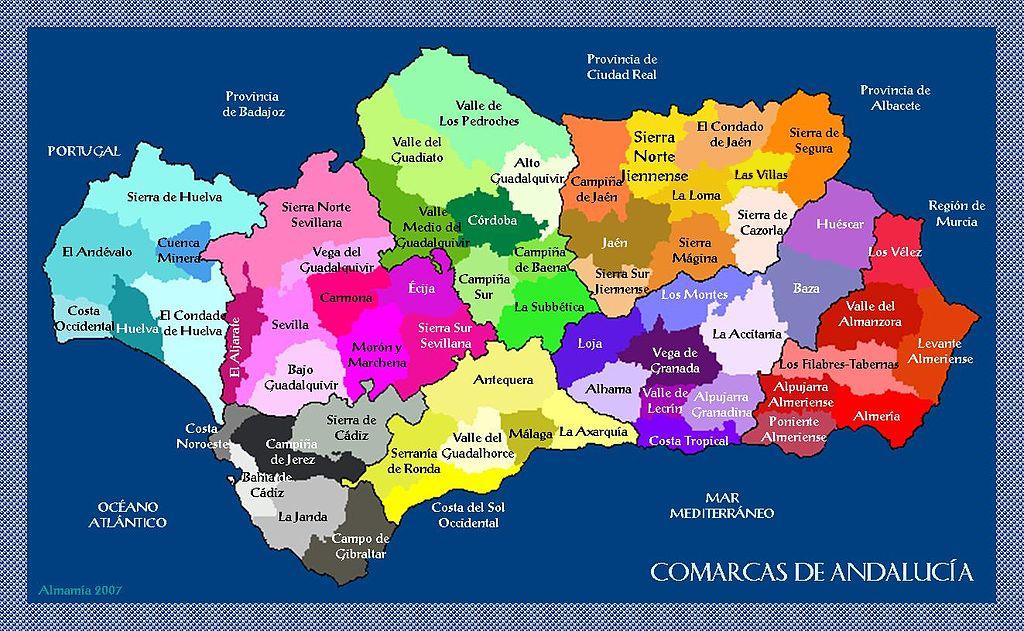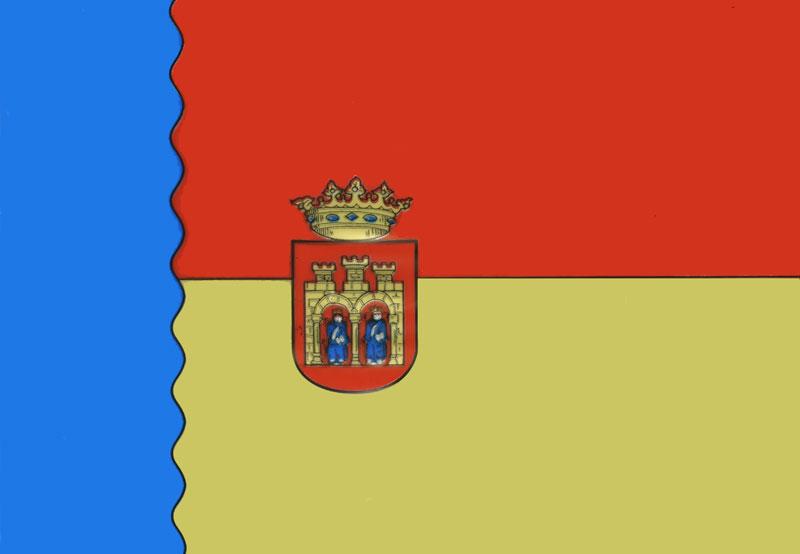|
Páramos (comarca)
Páramos, also known as "Sedano y Las Loras", is a ''Comarcas of Spain, comarca'' located northwest of the province of Burgos in the autonomous community of Castile and León. It is bounded on the north-east by the Merindades, north-west by Cantabria, west by the Province of Palencia, and in the south by the Alfoz de Burgos and Odra-Pisuerga comarcas. Administrative Entities Municipalities and villages: *Sargentes de la Lora ** Ayoluengo ** Moradillo del Castillo ** San Andrés de Montearados ** Santa Coloma del Rudrón ** Valdeajos *Basconcillos del Tozo (El Tozo) ** Arcellares ** Barrio Panizares ** Fuente Úrbel ** Hoyos del Tozo ** La Piedra **La Rad ** Prádanos del Tozo ** San Mamés de Abar ** Talamillo del Tozo ** Trasahedo *Valle de Sedano, Sedano ** Cortiguera ** Cubillo del Butrón ** Escalada, Burgos, Escalada ** Gredilla de Sedano ** Moradillo de Sedano ** Nidáguila ** Nocedo ** Orbaneja del Castillo ** Pesquera de Ebro ** Quintanaloma ** Quintanilla Escalada ** Te ... [...More Info...] [...Related Items...] OR: [Wikipedia] [Google] [Baidu] |
Comarcas Of Castile And León
In Spain, a ''comarca'' () is either a traditional territorial division without any formal basis, or a group of municipalities of Spain, municipalities, legally defined by an autonomous communities of Spain, autonomous community for the purpose of providing common local government in Spain, local government services. In English, a comarca is equivalent to an area, county, district, or region, zone. Legally defined comarcas The large majority of legally defined comarcas are in comarques of Catalonia, Catalonia (42) and Comarcas of Aragon, Aragon (33), and are regulated by law and are governed by a comarcal council with specified powers. There are seven comarcas formally registered in Comarcas of the Basque Country, Basque Country and one, El Bierzo, in Castile and León. In Comarcas_of_Andalusia, Andalusia, Comarcas of Galicia, Galicia, Comarques of the Valencian Community, Valencia and Comarcas of Asturias, Asturias, comarcas are defined by regional law but lack any specific ... [...More Info...] [...Related Items...] OR: [Wikipedia] [Google] [Baidu] |
Merindades
Las Merindades is a ''comarca'' located north of the province of Burgos, in the autonomous community of Castile and León. It is bounded on the north-west by the province of Cantabria, north-east by the province of Biscay, south by La Bureba, south-east by Ebro, south-west by Páramos, and on the east by the province of Álava. History Located in the north of the province of Burgos, the Merindades are the birthplace of the name "Castilla". Most of the villages of the Merindades were quoted in the 14th-century manuscript, the ''Becerro de Behetrias'', at the moment of the creation of the merindad subdivision by Pedro of Castile. Administrative entities The capital of the ''comarca'' is Villarcayo, although the biggest town in the ''comarca'' is Medina de Pomar. Municipalities (26) Source:In parentheses is the number of towns and minor local entities from each municipality See also * Province of Burgos The province of Burgos is a Provinces of Spain, province of nort ... [...More Info...] [...Related Items...] OR: [Wikipedia] [Google] [Baidu] |
Barrio Panizares
''Barrio'' () is a Spanish word that means " quarter" or "neighborhood". In the modern Spanish language, it is generally defined as each area of a city delimited by functional (e.g. residential, commercial, industrial, etc.), social, architectural or morphological features. In Spain, several Latin American countries and the Philippines, the term may also be used to officially denote a division of a municipality. ''Barrio'' is an arabism (Classical Arabic ''barrī'': "wild" via Andalusian Arabic ''bárri'': "exterior"). Usage In Argentina and Uruguay, a ''barrio'' is a division of a municipality officially delineated by the local authority at a later time, and it sometimes keeps a distinct character from other areas (as in the barrios of Buenos Aires, even if they have been superseded by larger administrative divisions). The word does not have a special socioeconomic connotation unless it is used in contrast to the ''centro'' (city center or downtown). The expression ''barrio ce ... [...More Info...] [...Related Items...] OR: [Wikipedia] [Google] [Baidu] |
Basconcillos Del Tozo
Basconcillos del Tozo is a municipality and town located in the province of Burgos, Castile and León, Spain. According to the 2004 census ( INE), the municipality has a population of 371 inhabitants. The municipality of Basconcillos del Tozo is made up of twelve towns: Basconcillos del Tozo (seat or capital), Arcellares, Barrio Panizares, Fuente úrbel, Hoyos del Tozo, La Piedra, La Rad, Prádanos del Tozo, San Mamés de Abar, Santa Cruz del Tozo, Talamillo del Tozo and Trasahedo. See also *Páramos (comarca) Páramos, also known as "Sedano y Las Loras", is a ''Comarcas of Spain, comarca'' located northwest of the province of Burgos in the autonomous community of Castile and León. It is bounded on the north-east by the Merindades, north-west by Canta ... * Valle del Rudrón References Municipalities in the Province of Burgos {{Burgos-geo-stub ... [...More Info...] [...Related Items...] OR: [Wikipedia] [Google] [Baidu] |
Santa Coloma Del Rudrón
Santa Claus (also known as Saint Nicholas, Saint Nick, Father Christmas, Kris Kringle or Santa) is a legendary figure originating in Western Christian culture who is said to bring gifts during the late evening and overnight hours on Christmas Eve. Christmas elves are said to make the gifts in Santa's workshop, while flying reindeer pull his sleigh through the air. The popular conception of Santa Claus originates from folklore traditions surrounding the 4th-century Christian bishop Saint Nicholas, the patron saint of children. Saint Nicholas became renowned for his reported generosity and secret gift-giving. The image of Santa Claus shares similarities with the English figure of Father Christmas, and they are both now popularly regarded as the same person. Santa is generally depicted as a portly, jolly, white-bearded man, often with spectacles, wearing a red coat with white fur collar and cuffs, white-fur-cuffed red trousers, a red hat trimmed with white fur, a black leath ... [...More Info...] [...Related Items...] OR: [Wikipedia] [Google] [Baidu] |
Sargentes De La Lora
Sargentes de la Lora is a municipality located in the province of Burgos, Castile and León, Spain. According to the 2004 census ( INE), the municipality has a population of 196 inhabitants. In 1963, a petroleum reservoir was discovered in Ayoluengo de la Lora, a town of the municipality. Since 1964, 17 million oil barrels had been extracted. The reservoir had been exploited by Chevron Corporation (until 1990), Repsol (until 2002) and Northern Petroleum. Main sights *La Cabaña dolmen: Prehistoric megalith. Typicalish.com People from Sargentes de la Lora * Andrés Manjón (1846-1923): |
Odra-Pisuerga
Odra-Pisuerga is a ''comarca'' (county, but without administrative roles) located in the west of the province of Burgos, in the autonomous community of Castile and León, Spain. It is bounded by the west and south-west by the province of Palencia, south-east by the Arlanza comarca, west by the Alfoz de Burgos and north by the Páramos comarca. Municipalities * Arenillas de Riopisuerga * Balbases, Los * Barrio de Muñó * Belbimbre * Castellanos de Castro * Castrillo de Riopisuerga * Castrillo Mota de Judíos * Castrojeriz * Grijalba * Hontanas * Iglesias * Itero del Castillo * Manciles *Melgar de Fernamental * Padilla de Abajo * Padilla de Arriba * Palacios de Riopisuerga *Palazuelos de Muñó * Pampliega * Pedrosa del Páramo * Pedrosa del Príncipe * Rebolledo de la Torre * Revilla Vallejera * Rezmondo * Sasamón * Sordillos * Sotresgudo * Susinos del Páramo * Tamarón * Tobar * Vallejera * Valles de Palenzuela * Villadiego * Villaldemiro * Villamayor de Treviño Geography The ... [...More Info...] [...Related Items...] OR: [Wikipedia] [Google] [Baidu] |


